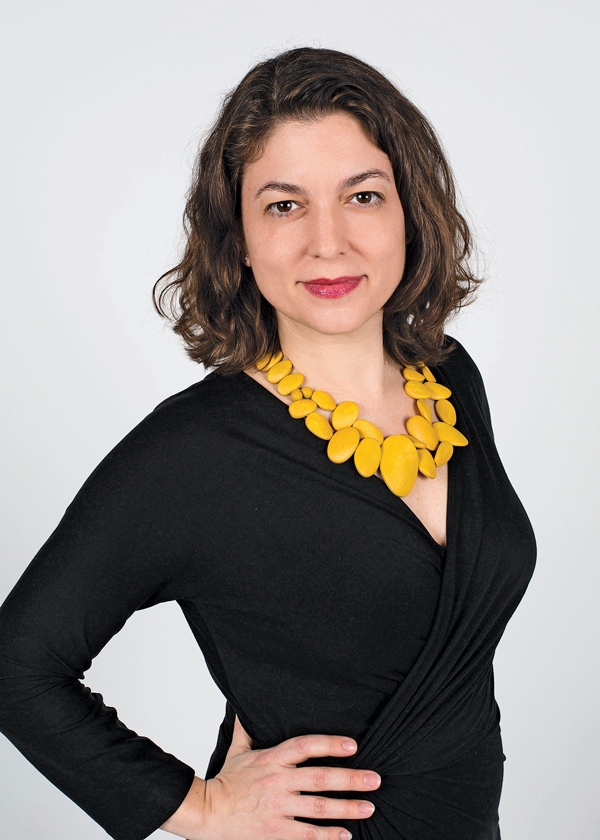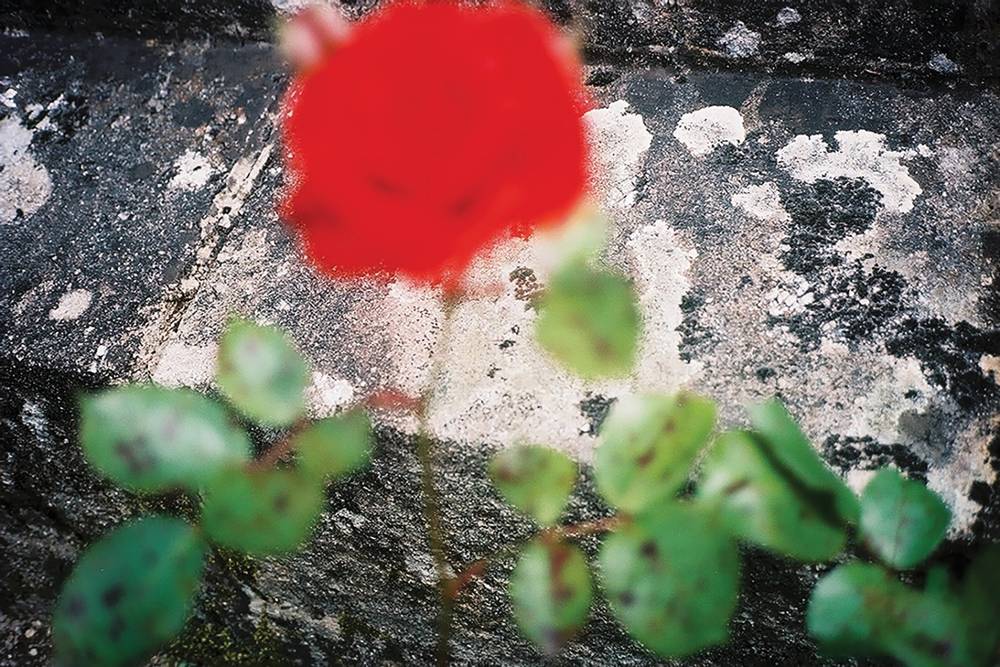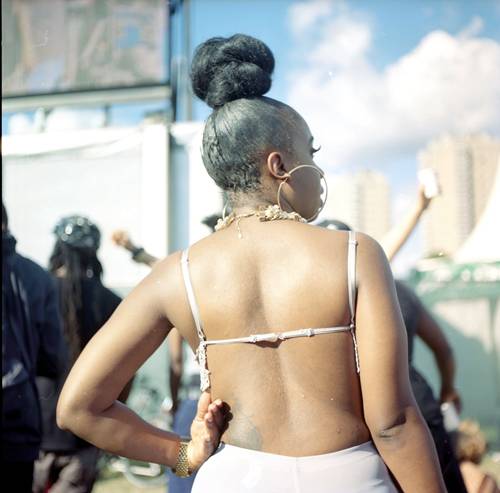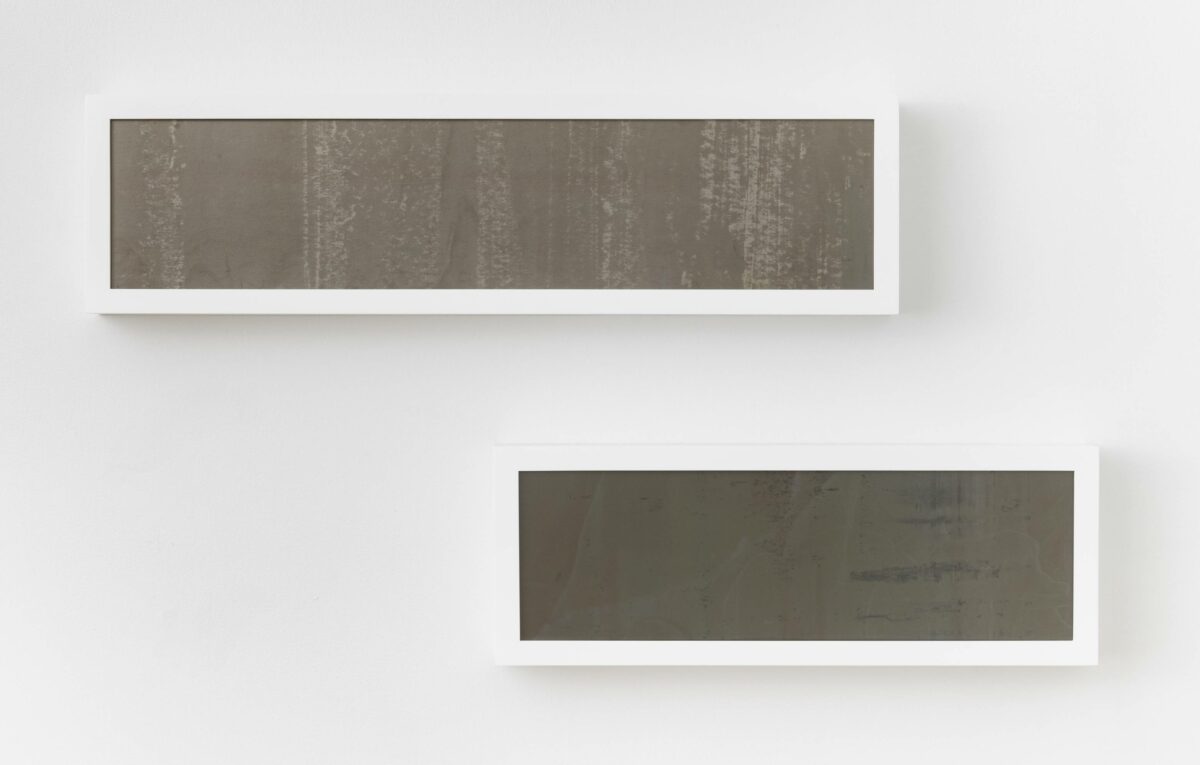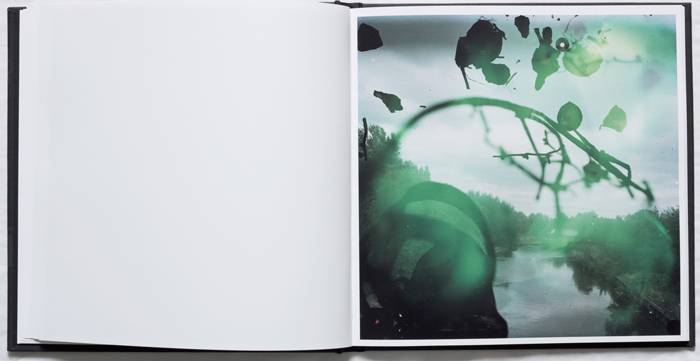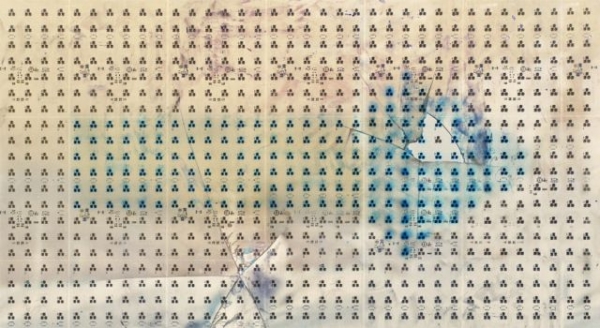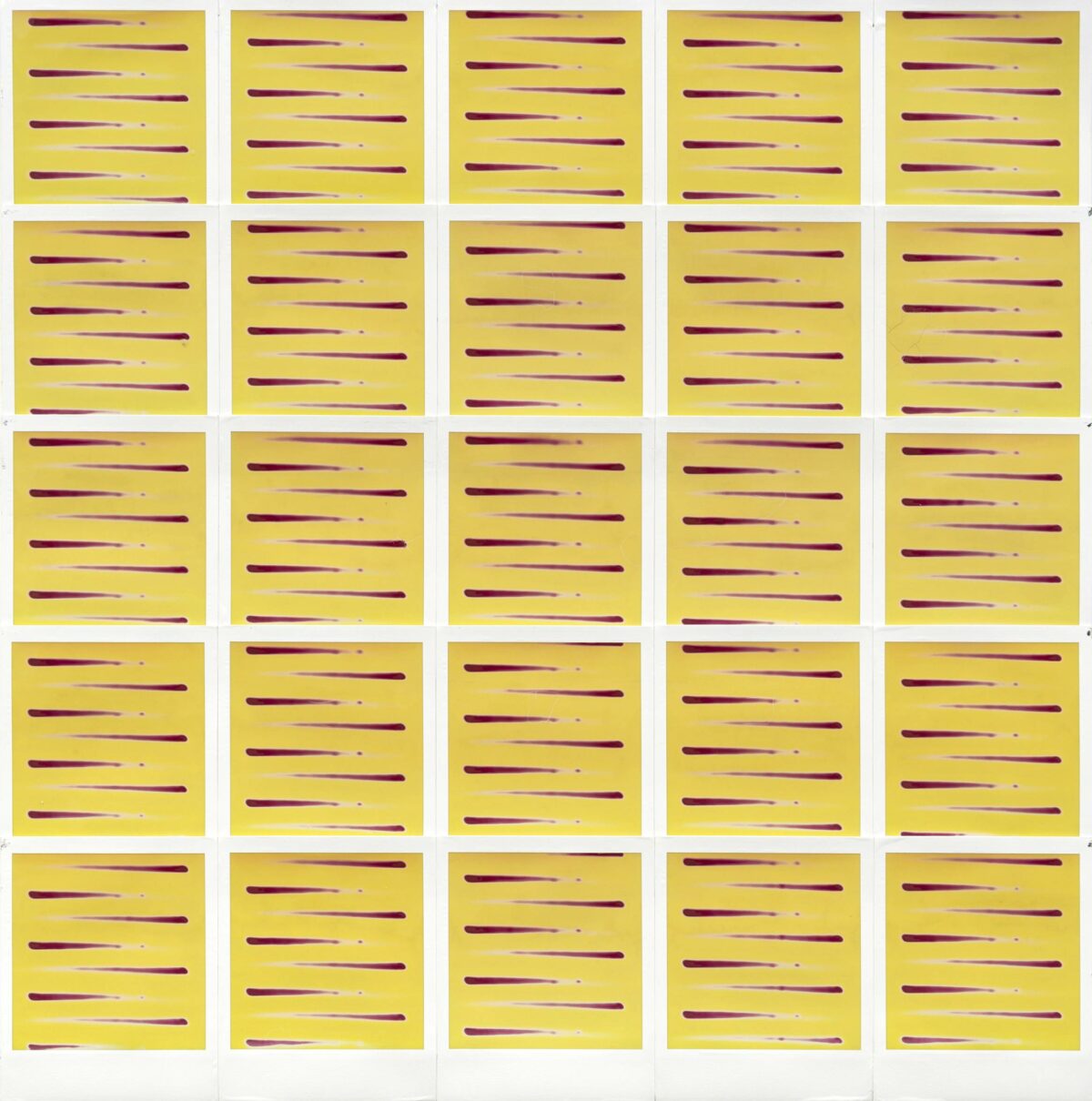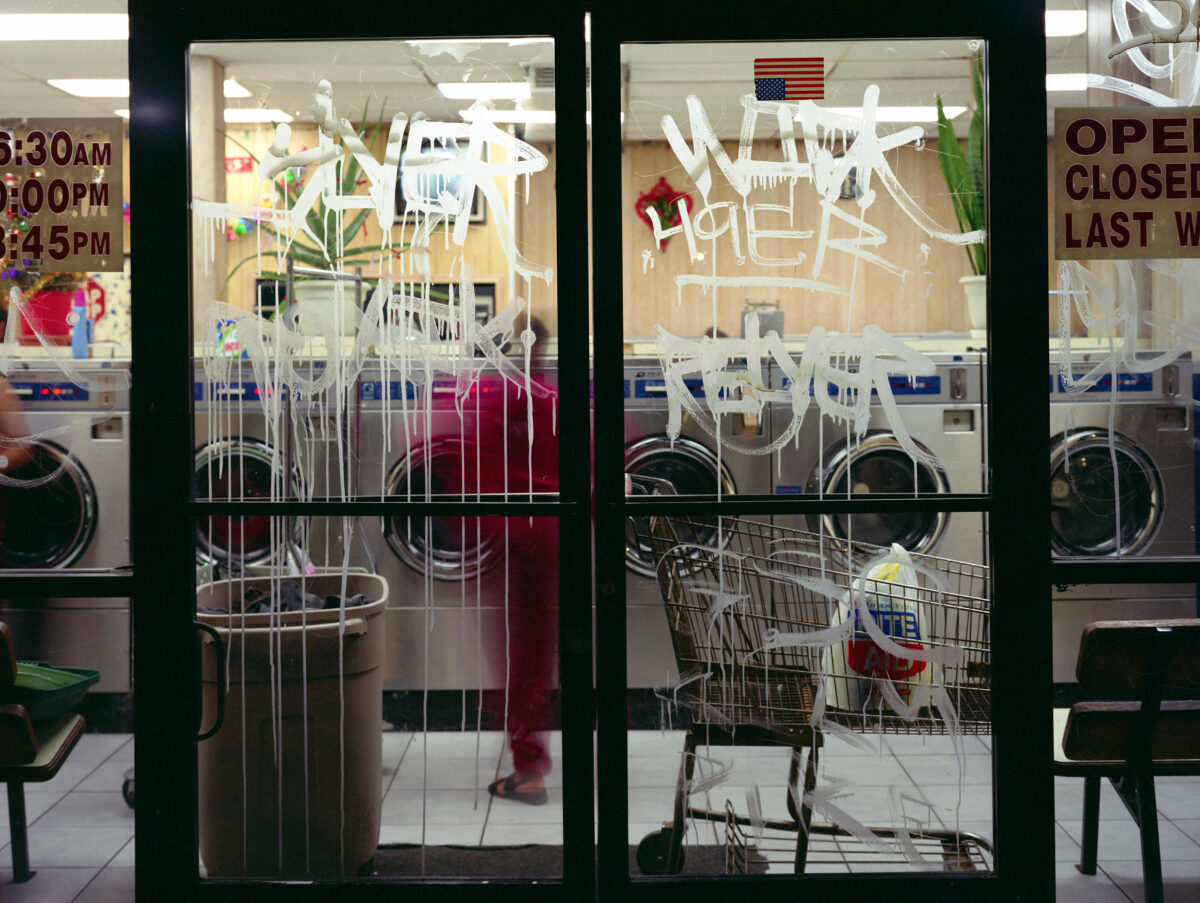There are several “firsts” associated with the Art Institute of Chicago — it gave Robert Frank his first show; also André Kertész; and Christopher Williams, whose retrospective is on view through May 18, had his first appearance in a museum show there in 1982. More recently, but no less significant, perhaps, was Playing with Pictures, organized by Associate Curator of Photography Liz Siegel in 2009, the first exhibition to focus on experimental photo collage from the Victorian era. “It introduced a category of photographic production that wasn’t known to the field,” says Siegel. The show explored the variety of ways the upper class Victorian aristocracy, often women, manipulated the medium and used it for satire, humor, and social commentary. The photo collages were often playful, Alice-in-Wonderland scenarios that integrated watercolors, drawings, and cut-up photographs in creative, sometimes subversive albums. We think of this kind of photographic manipulation as originating in the 20th century, Siegel suggests, but the sense of photography’s fluidity was born early on. “That was a really satisfying project,” she says.
The exhibition and accompanying book emerged, in a way, out of Siegel’s dissertation at the University of Chicago, a history of 19th-century American family photo albums, and their role in shaping culture (ultimately published by Yale University Press). Siegel was raised in Boston, where she took photographs throughout high school and developed them in a basement darkroom, and she went on to study art history as a Yale undergraduate. But she’s been in Chicago since she arrived at the University of Chicago to earn her Ph.D. There, she met a group of students studying photo history, and although her masters project focused on the 20th century, she says, “A lot of my colleagues were doing interesting 19th-century projects, and I was more and more fascinated with this moment when photography was new, and it could be put into the service of all sorts of ends.” By chance, she stumbled across a 19th-century album and changed direction.
Siegel joined the Art Institute in 2001 and worked with curator David Travis (who since retired) on the hefty exhibition Taken by Design: Photographs from the Institute of Design, 1937-1971, which looked at the influential New Bauhaus. Some of her more recent shows include Abelardo Morell: The Universe Next Door (in 2013), Ralph Eugene Meatyard: Dolls and Masks (2011), and Uta Barth (2011), among others. Siegel says that she sees “through lines” linking the shows, questions like: what are some ways of seeing photographically? And what can photography do that no other medium can do?”
In that vein, she’s currently working on a show on the history of 3D photography and film, which encompasses early stereographs, 3D films in the Hollywood heyday, as well as contemporary works. “It’s amazing to be in this survey museum, where you can show photography in the context of other arts — paintings, objects, textiles, furniture,” she says, “and to have the whole range of the history of photography as well.”

